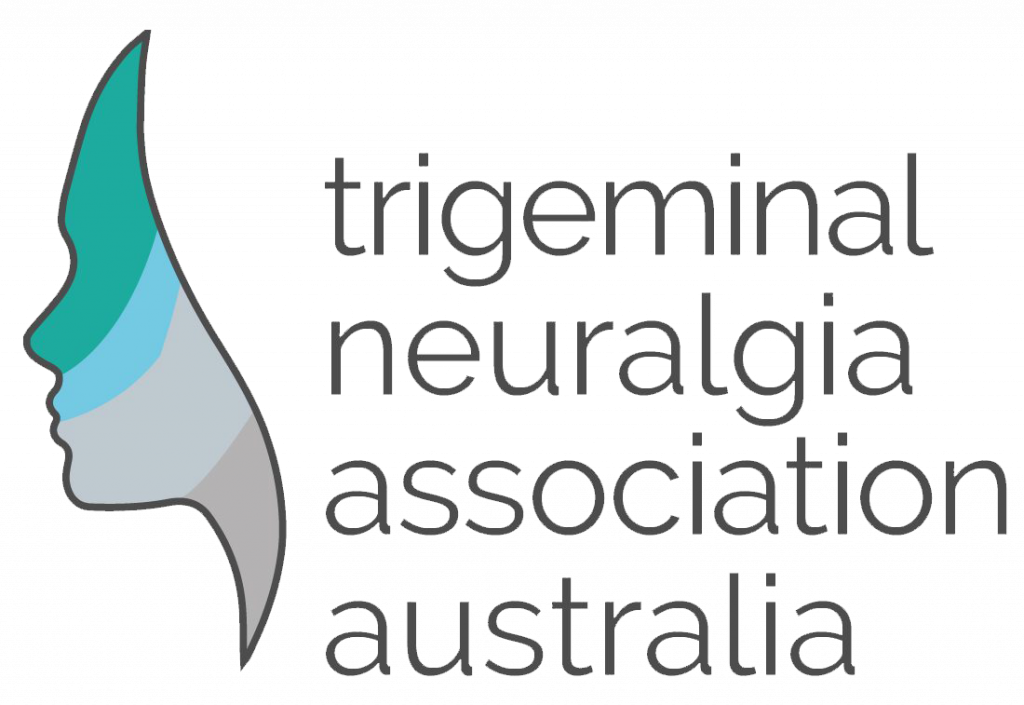Safety of microvascular decompression for elderly patients with trigeminal neuralgia
Research article: Safety of microvascular decompression for elderly patients with trigeminal neuralgia The following is an excerpt of a longer article which can be read in the journal, Clinical Neurology…


